Canon Technicolor – Hype or Cine-like Mastering
UPDATE: Try NTown’s own new Picture Style NTown Film FLAT
Finally it’s done. After a few months of testing I created my own production Picture Style. Give it a try – more infos and the downloadable Picture Style after the break!
Read and see more about NTown’s Film Flat Picture Style for Canon DSLRs.
on with Technicolor …
History & Expectations
Hollywood used the Technicolor Color-Processing with film material on famous movies like Star Wars, Indiana Jones, E.T. or older movies like The Wizard of Oz, The Ten Commandments and numerous classic-animated films from Disney since the early 1920s!
Technicolor has two kinds of processing types: the older Two-Strip and the later used Three-Strip processing.
Todays big-budget films use a mathematical digital Technicolor processing and many digital cinema cameras have at least Cine-Gamma Curve Picture Profiles to achive a darker desatured movie-like image already at recording level with much higher color-depth like 10-bit color (1024 shades of grey) or even higher in opposite to the DSLR Cameras like the EOS 7D wich provides only 8-bit per RGB channel (256 shades of grey) which limits you with color grading in post because if you change somthing in luminance it will show you color banding effects much earlier than with the 1024 shades per RGB channel with 10-bit color.
Wikipedia has detailed info about Technicolors history if you want to know more.
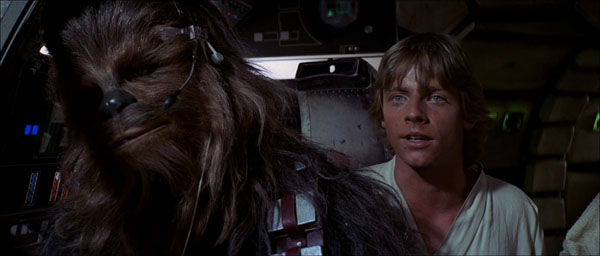
Typical Technicolor Colors – StarWars © LucasFilm
Unfortunately the new CineStyle from Technicolor for the very popular Canon HDSLR’s have nothing to do with the Techicolor Color Processing we know from the Movies!
What we get
Technicolor’s CineStyle is a Luma-Curve preset for the Canon DSLR Cameras, modifying the exposure behaviour of the camera.
Also provided are LUT Files (Look-Up Table) mapping the luminance RGB Channels with Keypoints and interpolated on a curve.
Technicolor provides a Lookup-Table (LUT) and a workflow where you can see the S-Type correction curve that should be applied to the original material.
Premiere Pro CS5 – were is my BLACK?
I’ve made few basic tests and filmed some real life scenarios – no charts (maybe later) – to see what the new PictureSytle is cabaple of.
After reviewing the filmed material I was curious about the high black level. The new Technicolor PictureStyle raises the Black-Level of the .MOVs to about 16, so we loose 16 shades of brightness when correcting back with a LUT or a Luma-Curve Tool to get back contrast in our movies. At least the white level is at 100% and not further lowered!
But even with a usable Range from 16-255 the subjective image quality is nice (after aplying a luma correction curve) – some banding effects are visible even when encoding the final movie in higher bit-rates above 50MBit. This has to be further investigated if the color-banding will stay or dissapear with other picture styles. And it seems that more Noise is visible too!
S-Type Correction Curve in Premiere Pro CS5
When the S-Curved Luma correction is applied the results are way to contrasty and the that the propagated LUT correction from Technicolor should provide. The Curve eats details in shadows and blows out highlights to much, there have to be a better correction curve!
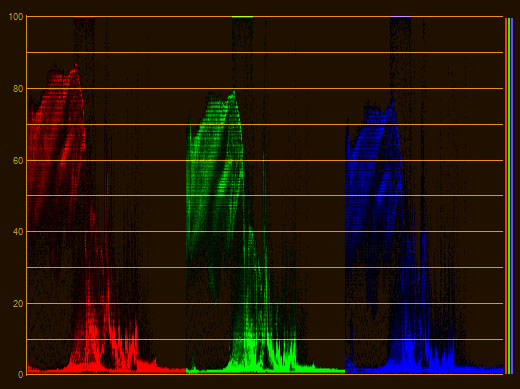
Waveform monitor reveals missing luminance steps
When we look closer to the waveform monitor after aplying the S-Type luma correction we will see many horizontal lines breaking the flow from brightness from the bottom (black) to the top (white) of the Waveform and showing us that we loose shades of luminace and in the worst case contaminating our nice movie with the behated banding effect in color gradients! That we dont want!
Custom made Luma-Correction Curve for better brightness distribution
I threw away the S-Type Curve in this case and tried a correction curve that fits more in the scenario of a black raised video. Just moving the bottom-left luma point 16 pixels to the right leaving the top-right luma-point as is and compensate the gamma point in the middle a bit down to regain contrast and – VOILA! We get back a correct black level, preserving the shadow details and have a overal beautyfull image!
Filmed with Technicolor CineStyle, corrected with Custum-Curve
Earlier to the test above I filmed a comparition of the most popular Canon PictureStyles.
They are all UNCORRECTED and edited together unmodified without any color or luminance correction.
The image sensor of the camera is RAW capable and can record a higher dynmic range for RAW Photos, but NOT for Movies. The Camera gets the full 14-bit RAW color information from the sensor and down-compresses it to 8-bit color h.264 quicktime movies. And it seems that after that process the PictureStyles processes the images. I asume thats why the TC-CineStyle has raised blacks.
Picture Style Comparition
What could be improved?
Technicolors CineStyle clearly shows whats possible with a little tweaking the Luma-Curves but I dont like the fact that we loosing 16 shades of grey in the darks.
My personal opinion is that it makes no sense to stretch luminance in a 8-bit h.264 compressed movie. If take the number of shades the 8-bit h.264 codec of the Canon DSLRs have, that is 2^8 = 256 for r+g+b and substracting the missing lower 16 brightness steps we getting 240 shades for r+g+b – that reminds me of the old days of limited luma-range of some MotionJPG codecs.
As a final word I whished Technicolor would bring out a revised CineStyle which uses the complete RGB Dynamic Range of the Codec using all 256 shades of grey, that would be great!
Meanwhile I will do further experiments with different PictureStyles see what I can get out of my Canon EOS 7D 😉
I have to admit that I like the Marvels Cine v3.3 PictureStyle a lot more than the new Technicolor CineStyle but this is only a personal choice. The Marvels Cinema dont rises the black levels but instead gives me an already very Cinematic look out of the camera and using every bit of the limited 8-bit 256 shades of RGB.
Watch a Music video I shot with the Marvels Cinema Picture Style …
For the music video I corrected just the color of the scenes and could leave the luminance alone and thus keeping my full 256 shades of RGB and keeping the best possible quality directly out of the camera!
Read more about the making of RAUBAU the Music Video.
If you have questions, suggestions and other views, just leave a comment below!
Thanks for watching and reading and keep making movies!
UPDATE: I’ve done some tests on the Technicolor CineStyle comparing it to other popular ImageStyles and my own “NTown Film Flat” PictureStyle to investigate how it holds image information and how posterization affects the various Styles.
Please play the movie in full screen or better go http://vimeo.com/33715572 and download the FullHD movie for a better movie quality. The movie is encoded with variable bitrate for the video stream with nominal 17mbit and maximum 24mbit for best image quality. The final encoded movie has a lower bitrate of 13mbit because there is virtually no movement in the movie.
| Subscribe to our Newsletter and get a special discount for our Webshop and a LUT Gift Package! |




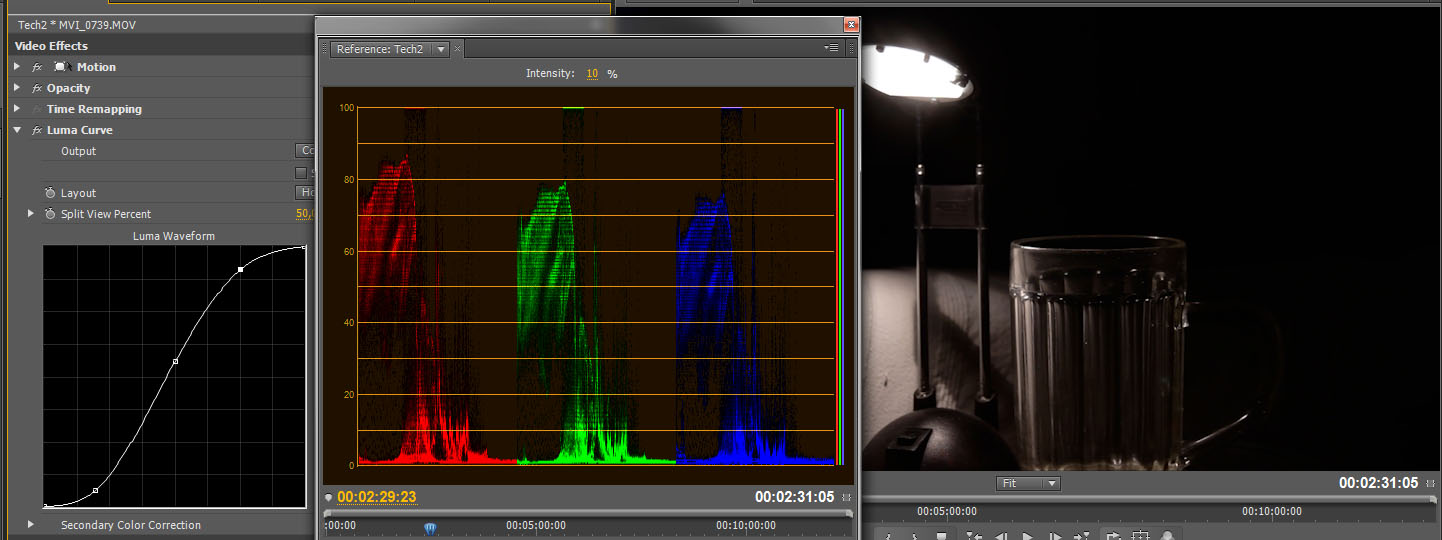
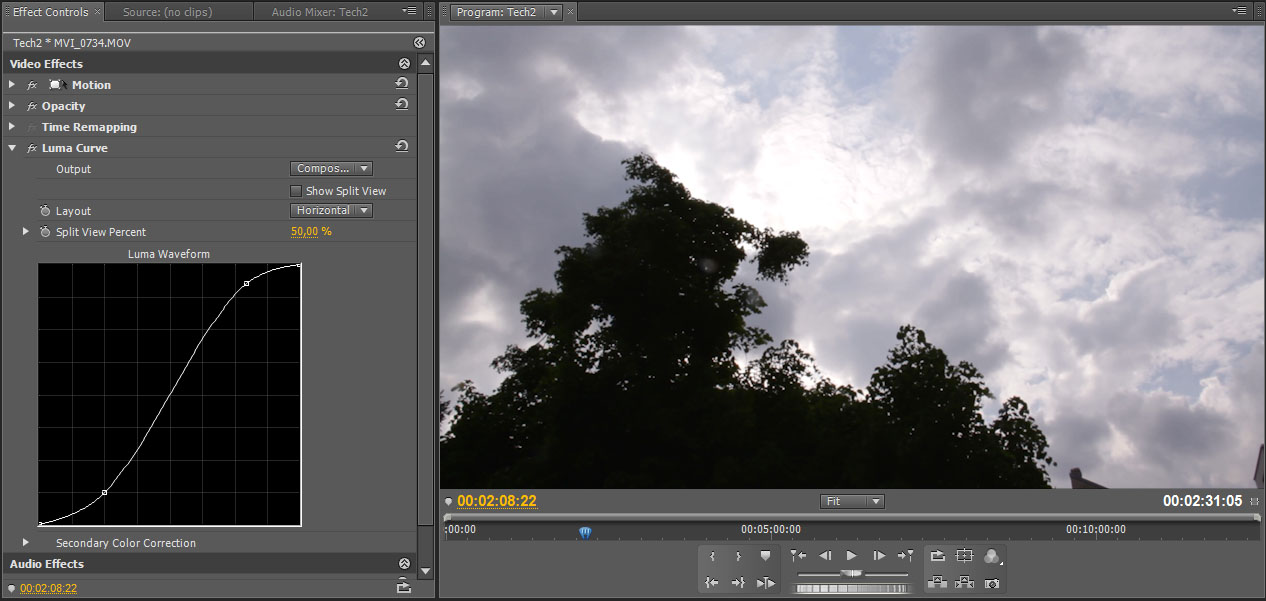
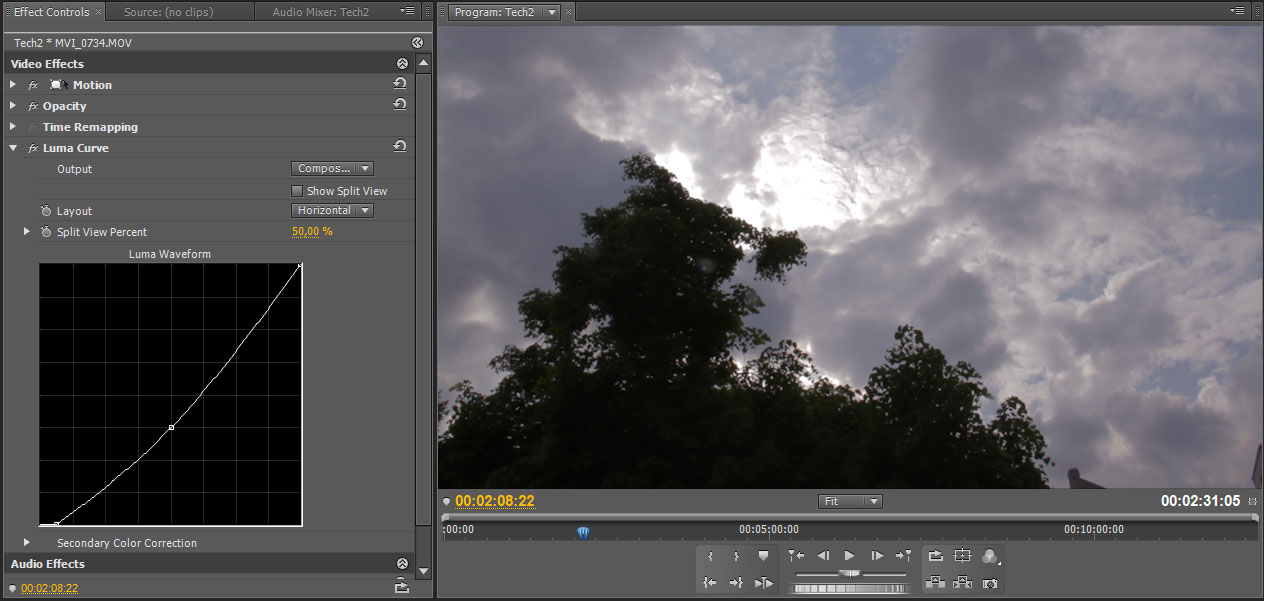
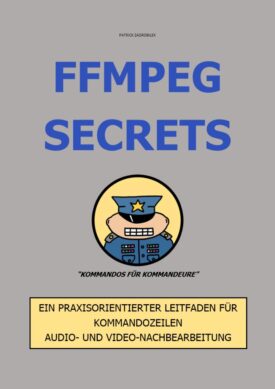

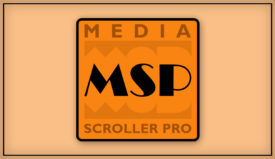

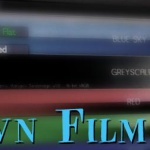

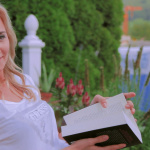
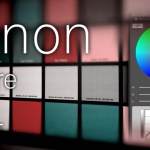
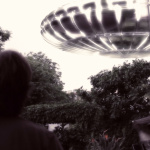



 Deutsch
Deutsch